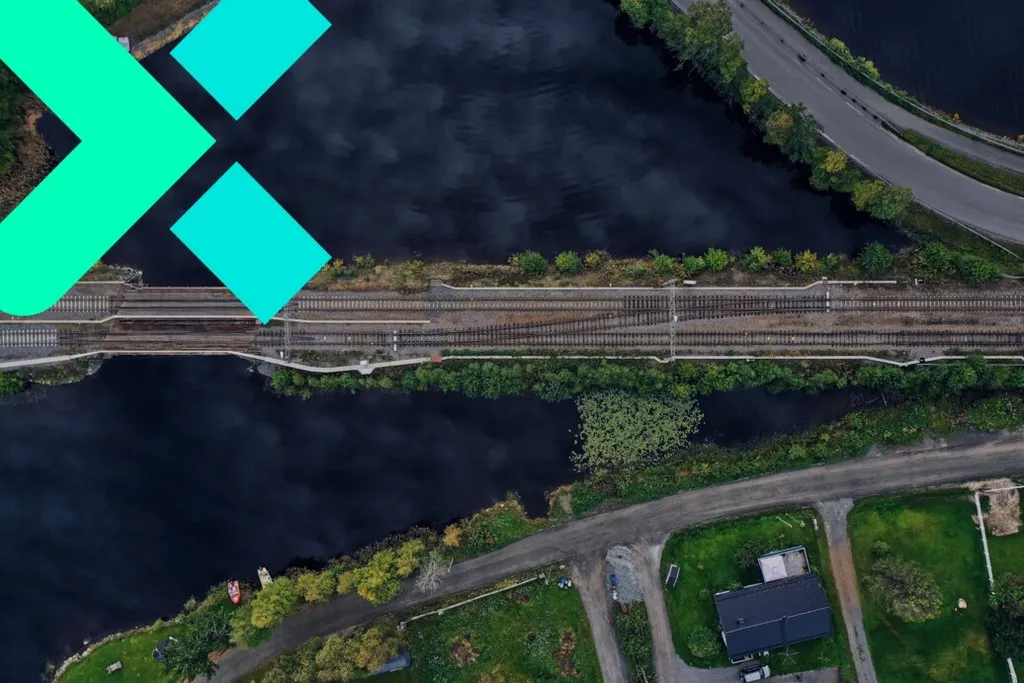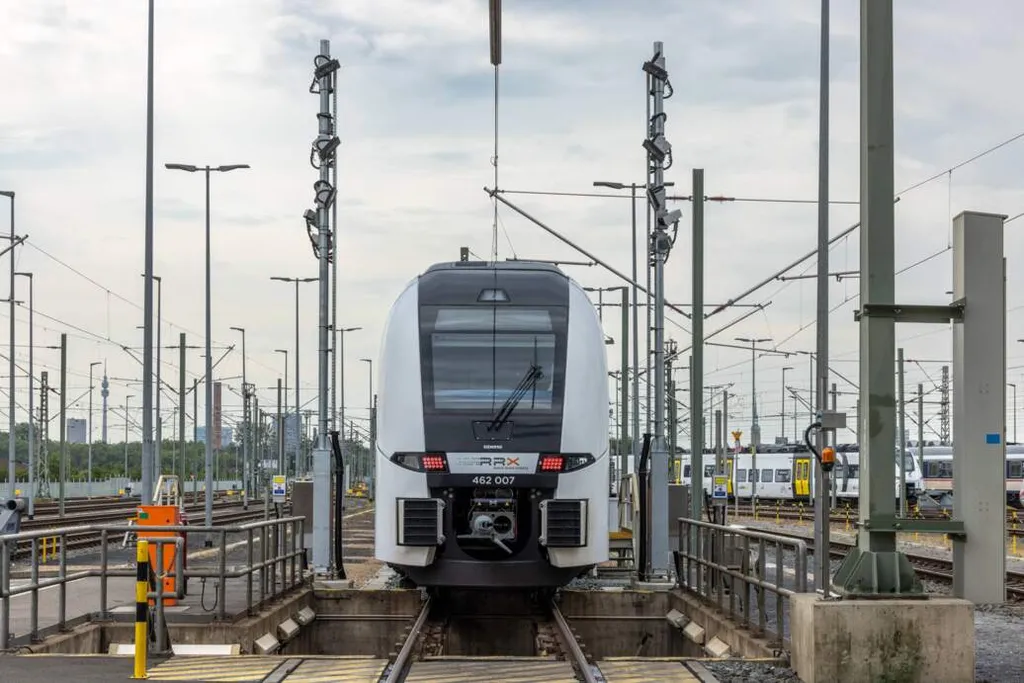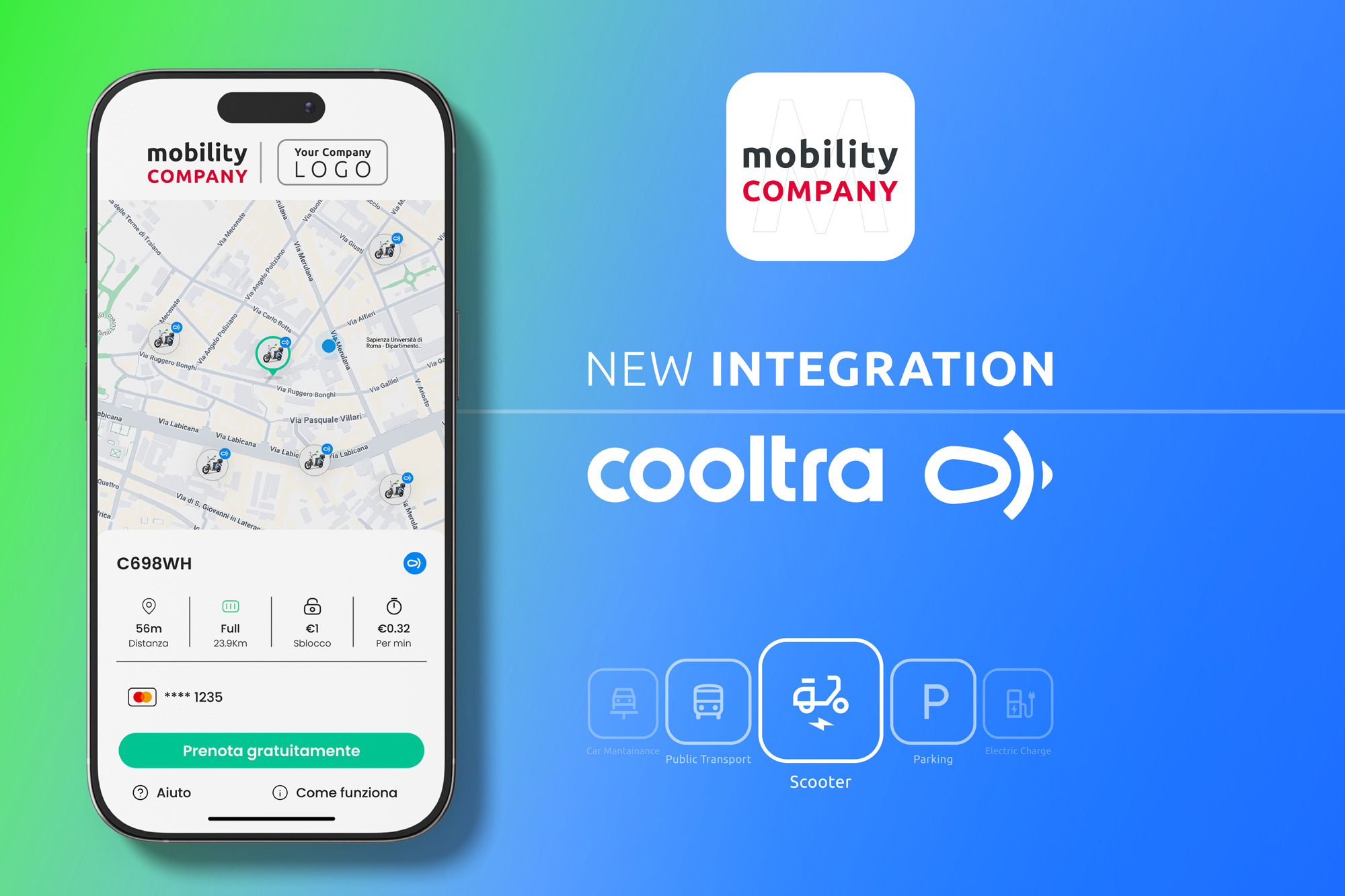Digitalization is a key enabler to reduce emissions and to deliver the capacity to match a doubling of passenger demand by 2050. By providing 100% system availability, maximizing the use of existing infrastructure, and software solutions for seamless door-to-door travel, rail can become the transport of choice in the future. However, one of the biggest barriers to a full adoption of digitalization is vast quantities of data being locked in single systems. Accessing this data via standardized application programming interfaces (APIs) and connecting them with other systems and services in the rail ecosystem with the support of AI-driven analysis and evaluation tools is the key for more efficient rail operations.

“At the last InnoTrans we introduced Siemens Xcelerator, Railigent X for AI-based maintenance, and our Mobility Software Suite X for seamless intermodal travel. We promised to continue making software more modular, create standardized APIs and further develop software into the cloud. Today, we are proud to launch our brand-new suite Signaling X to lead rail signaling and control systems into the digital future. Signaling X will be integrating different signaling systems into one cloud platform and opening their interfaces to further functionalities,” said Michael Peter, CEO of Siemens Mobility. “We are also showcasing advancements of our industry-leading rail service portfolio with new Railigent X functionalities and fully automated visual inspection and mobile inspection technologies. These innovations will further increase capacity and make operations, maintenance and service more efficient.”
Signaling X – one cloud for all signaling systems
Signaling X allows for the seamless control and operation of both mainline and mass transit signaling applications and systems from one centralized Signaling Data Center, powered by standard hardware. This Data Center also enables the management of both safety-critical and non-safety-critical Siemens Mobility applications with standardized APIs, opening interfaces to diagnostic and optimization systems such as Train Planning Systems [TPS] in one cloud environment. This way, rail operators can optimize rail operations and manage them more intelligently through the interplay of our different signaling applications.
Signaling X utilizes the “Distributed Smart Safe System [DS3],” introduced by Siemens Mobility in 2020. The scalable DS3 safety platform serves as the building block as it enables the running of safety relevant applications in a cybersecure environment in the cloud. The integration ensures the highest level of availability by leveraging georedundancy. It delivers up to 20% of enhanced operational efficiency, up to 30% of energy savings in interplay with ATO over ETCS, and a reduction of possible headways on Mainline and Mass Transit networks. DS3 has been successfully implemented in Austria and Spain and was recently awarded in Finland.
“With Signaling X we are centralizing all rail infrastructure data from long-distance, intercity and urban traffic into one cloud-based, hardware-independent signaling data center. This offers significant operational improvements for railway operators and leads to unparalleled flexibility through virtualization and georedundancy. Customers can expect a substantial increase of their operational efficiency with reduced installation expenses, consolidation of operating locations, and through streamlined maintenance activities,” said Andre Rodenbeck, CEO of Rail Infrastructure at Siemens Mobility.
Railigent X makes 100% system availability a reality
Siemens Mobility Customer Services will present innovations for railway operators and maintainers at InnoTrans 2024. With new additions to Railigent X, the company is advancing the end-to-end digitization of train maintenance. The new Railigent X portfolio now gives operators, maintenance personnel, and asset owners the choice to select exactly the applications and services that align with their digital strategy. For example, they can use complete Railigent X applications or rely on their own applications and selectively integrate Railigent X algorithms via APIs. This means Railigent X can handle service tasks even more efficiently and integrate them better into operational processes. Moreover, digitalization and automation enable to completely rethink the process of vehicle inspections of our customers.
“Customers can expect even more from Railigent X which will match specific requirements and gives them unparalleled flexibility to improve the availability of their fleet according to their needs,” says Elmar Zeiler, CEO of Customers Services of Siemens Mobility. “100% system availability is no longer a dream, it should be an expectation, and one we are happy to deliver through Railigent X.”

Fully Automated Visual Vehicle Inspection
Already today, dedicated measurements of wheel profiles, brakes, and pantographs are done in an automated way. Wear, anomalies, or errors are detected using AI models and displayed in Railigent X. In the future, this process will be further automated towards a fully automated visual vehicle inspection. The vehicles will be scanned by cameras before entering the depot. The images will be analyzed using AI technology. This will enable the automated evaluation of up to 100% of the vehicle surface to detect graffiti or technical damages, for example. Siemens Mobility will present an initial demonstration case from the Rail Service Center Dortmund at InnoTrans, focusing on the inspection of the train roof and roof equipment. This way, depot capacities can be more effectively planned and utilized, allowing for the maintenance of more rail vehicles.
Mobile Inspection
With Mobile Inspection, Siemens Mobility is introducing a new future service offering, which enables the inspection of rail vehicles on sidings outside of depots and serves as an ideal complement to the company’s depot network service offerings. Specially designed mobile tools, utilizing robotics and augmented reality, are used to fully inspect the roof and undercarriage of the vehicles with cameras. Pit and roof stands are not required anymore. Consequently, there is no longer a need to transfer a locomotive to a workshop, as a mobile service team can conduct the inspection on a suitable siding outside of the depot. Smaller maintenance tasks can also be carried out on-site. This solution increases vehicle availability and relieves the depot infrastructure. Railway operators will benefit from fewer depot visits, enabling higher availability of vehicles for operation. Mobile Inspection will initially be tested with interested partners in Germany, followed by a planned expansion to other maintenance projects worldwide.
Source: Siemens Mobility



